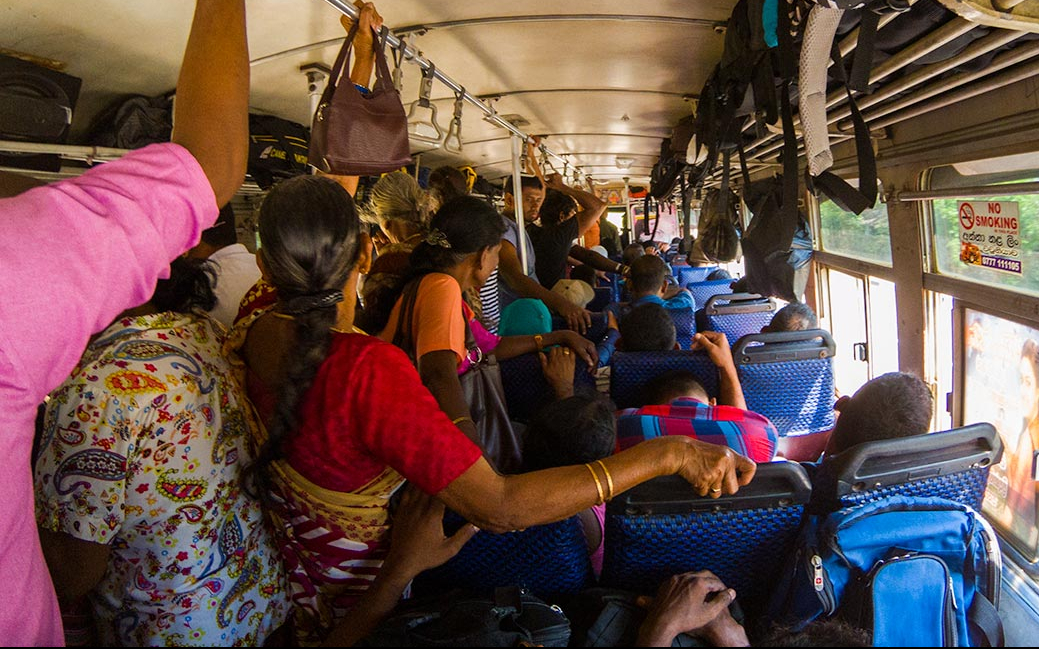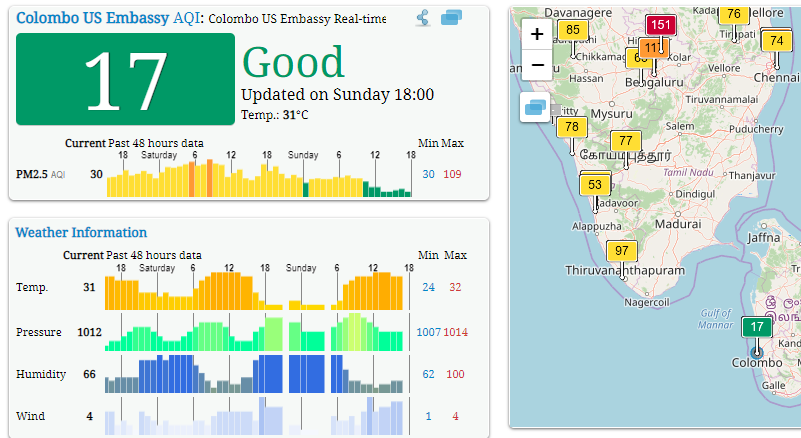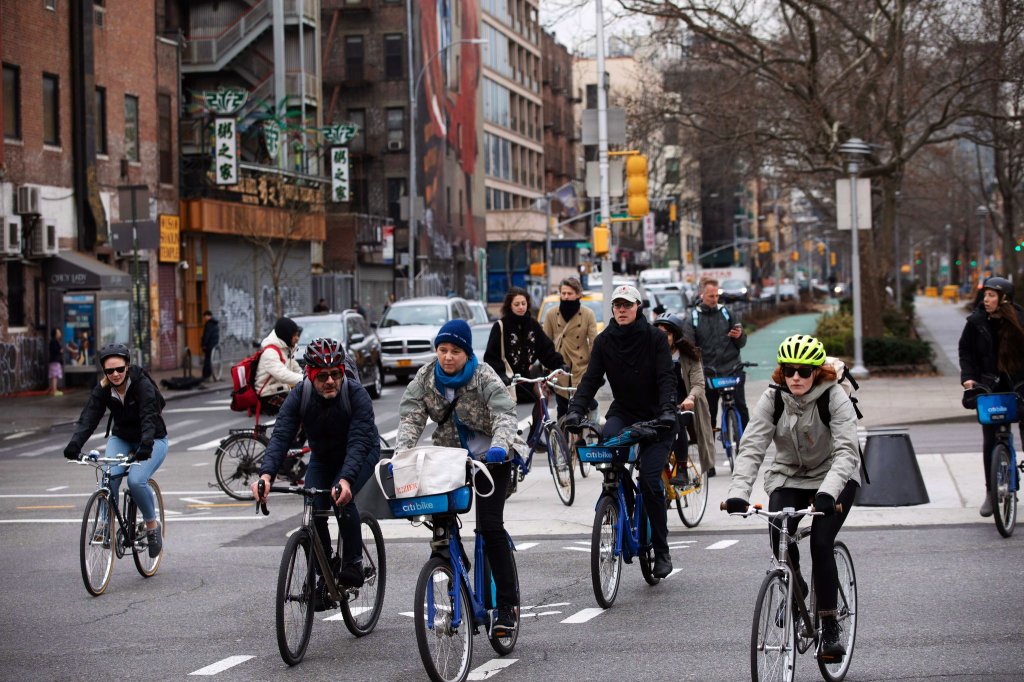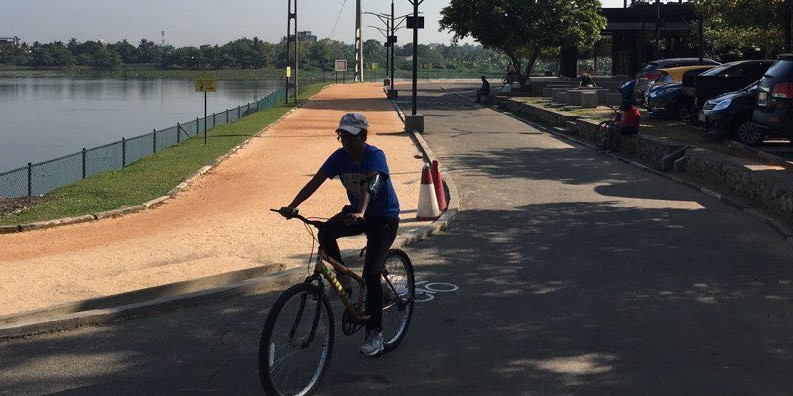Social distancing will be the keyword in mitigating the Coronavirus spread, until a vaccine presents. Public transport and urban mobility presents a huge challenge for the authorities whilst meeting with distancing needs of businesses to workplaces. Although the society returns to normalcy it has been predicted the social distancing to continue at least up until 2022 to mitigate the challenges of the pandemic.
Even prior to the lockdown the country’s public transportation was one of the busiest and the cluttered in the world. Its been recorded over 510,000 vehicles and around 1.9 million passengers entering the city of Colombo on a daily basis. (Sunday Times 12/2/2012 Prof Amal Kumarage). This would have been somewhat increased but the number of private vehicles had almost doubled during the period from then to now.
Buses and Trains
The same data reports an inflow of over 1.9 M commuters enter the city of Colombo on a weekday. The bigger issue is with Public Transport where the inflow will be approximately over a Million only with around 30,000 vehicles. A half a million private cars are bringing about 900,000 people to the city.
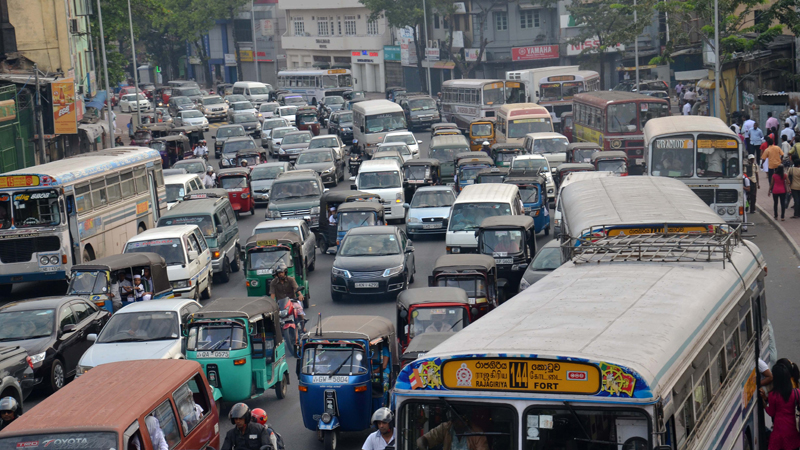
Transport ministry announces 5000 buses and 400 trains will be deployed from the week starting from 20th April . Also a tentative date to restart schools has been given as 11th of May. Business to resume and the country to live with it, the learned task forces to decide whats best for the country considering all aspects of the pandemic.
Stating mobility presents a massive social issue, even beyond the rush hour maintaining the social distancing is purely a nightmare within the city, also the outstation plying transit. It’s not only the passengers, staff especially the bus conductors do face a heavy threat of contagion.
CHALLENGE on Taxis.
Precautions can be taken to a greater extent by taxi operators from the point of door opening to exit. Still the cash transactions to be minimized to a greater extent. However, the close seating of Tuk Tuks poses a threat to passengers more than the Driver. Ride hailing companies may undergo strict procedures from wearing masks masks and gloves but still run a certain community level risk for both the driver and passengers.
School & Office Transport
We cannot expect the situation to be manageable even in Staff Transport where more mature occupants will be commuting. The status of school buses will be worse. One can easily say to use private transport as possible but it will worsen the traffic and no solution to the crisis. Motorcyclists will have a lesser issue, as far as they carry a family member.
Government Got No Easy Go
The motor cars will have a major issue with the increased traffic with non-regular cars will be coming into the roads including the ones for school children. The cost of congestion will be higher with the increased traffic with the businesses fast catching up.
However, the challenge of Million passengers coming into the city a day in 30,000 public vehicles need to be resolved with ample measures at least for a period of one year.
Learning Online
Some private schools and institutions has already started its distant learning but these are the majority of private where personal vehicles have been used. Government schools need to consider a strategy in going online at least partially. Even if the computers are not there at homes it is a must at least to air through televisions. Teachers idle for now to be engaged in developing the sessions along with the applicable parts of the curriculum.

Furthermore, a differing days might be a worthy consideration, a kind of a shift. Under this only a portion of the students do present at schools, say 1/3 a day. This strategy can be used at offices as well on a roster. On any day 2/3 of the staff stay home and each employee travel to work only once in three days.
Work from Home
Also there is a sizable portion, at least of 25% of the existing workforce can practice work from home. It’s very needy to have platforms and KPI s atop other needy components to enable WFH. Business and departmental leaders are expected to take a leading role with the help of change agents.
Transport presents the biggest challenge in the post-pandemic scenario, to mitigate spread, re-occurrence towards repeat waves until vaccination is present. We are now aware a tested and approved vaccination is a year away.
Majority will still commute
Even with both online education and WFH methodologies, the remaining and reduced public who uses public transport will have to be extremely cautious. The government has a massive responsibility in establishing a clear mandate and guidelines for all stakeholders of public transport, especially those who enter and exit major cities.

Masks are not much of a practical solution and its effectivity in preventing a possible transmission is still debated. On top of that its is been said the false sense of security offered by masks and improper practices will further help the spread. Social distancing and clean hands are the key measures to practice which is extremely challenging in public transportation.
Government seems to be keen on fabricating disinfection chambers but the human traffic need to be in a manageable pace to make good use of these measure in public transportation hubs.
GLOBAL MOVES
The developed world transportation was different anyways. Still the public transportation faces a massive challenge in meeting with the social distancing minimum of a year or so. But interesting to know most cities are getting adopted to cleaner and greener methods instead resorting to further congestion and pollution.
Despite the hard transportation times, it’s not all doom and gloom for post-pandemic mobility they believe. Cities with strong transportation departments, such as Oakland, California, are shutting down through-way access on many residential streets to make more space for residents to walk, bike and exercise in their neighborhood.
Oakland opened up 74 miles of city streets to pedestrians and cyclists. The mayor’s ‘slow streets’ initiative will allow the California city’s residents to enjoy the outdoors ‘free of cars’
Its been observed the world cities are taking the advantage of the massive drop in air pollution by slashing car use. Colombo too needs following up on this emergence of clean air with policies and incentives. Not to forget that Sri Lanka do not measure the vehicular emissions for PM2.5 which pollutes the city air most.
A perfect transportation option for a pandemic is seeing renewed attention: biking. Both bike use and shared bike use is up in many cities, and some local governments are even setting up pop-up infrastructure to accommodate the boost. This includes facilitation of all sorts of infrastructure, including allocating space from its existing roads for dedicated bike lanes.
Act Now
A post-pandemic world has the potential to have better urban mobility options than the world before, but we need transportation leaders who make smart decisions now to get us there. Whilst we await modern public transportation measure like LRT the easy path to be followed which is the best to maintain social distancing.
The government may consider community-level testing at public transport hubs. A clear directive is mandatory. What we should be doing as a country is to adhere to the level of South Korea conducting an election and the Japanese level of social distancing. Also we have several success stories from the region, including Bangladesh, Vietnam and even from nearby Kerala.
Social distancing – key part of exit strategy
Promoting personal cars will only alleviate the issue to higher levels with congestion and pollution, which is detrimental in avoiding Covid 19 complications.
We should not wait until it beats the first wave and lessen lockdown. The solutions are not easy but doable. We need start forming the policies and strategies now, to act at a rapid pace. To push cycling as an option in our context, we need having infrastructure. Even the presidents manifesto had the same, no better time implementing.
Europe, America and many other Asian and African countries are considering cycling and walking as the key ingredient of their exit strategy and to continue as a measure in curbing congestion and pollution both. Many cities are converting existing roadways to cycling parts including 72 kilometers of New York city.
Lets make the pandemic an opportunity to change the way we move. The country had few opportunities even before after the war and tsunami as well in reshaping key development aspects. What we need is the lateral thinking, for a paradigm shift in transportation, there wont be a better opportunity again.

Here are the key ingredients of a cycling based sustainable transport system. Car free Colombo
Moving forth: Its not just the words, we have quantified the numbers with both costs and benefits with a proposal of developing ride to work, school and to all our utility matters, safer, faster and comfortably. Cycle-paths-to-enter-colombo/
